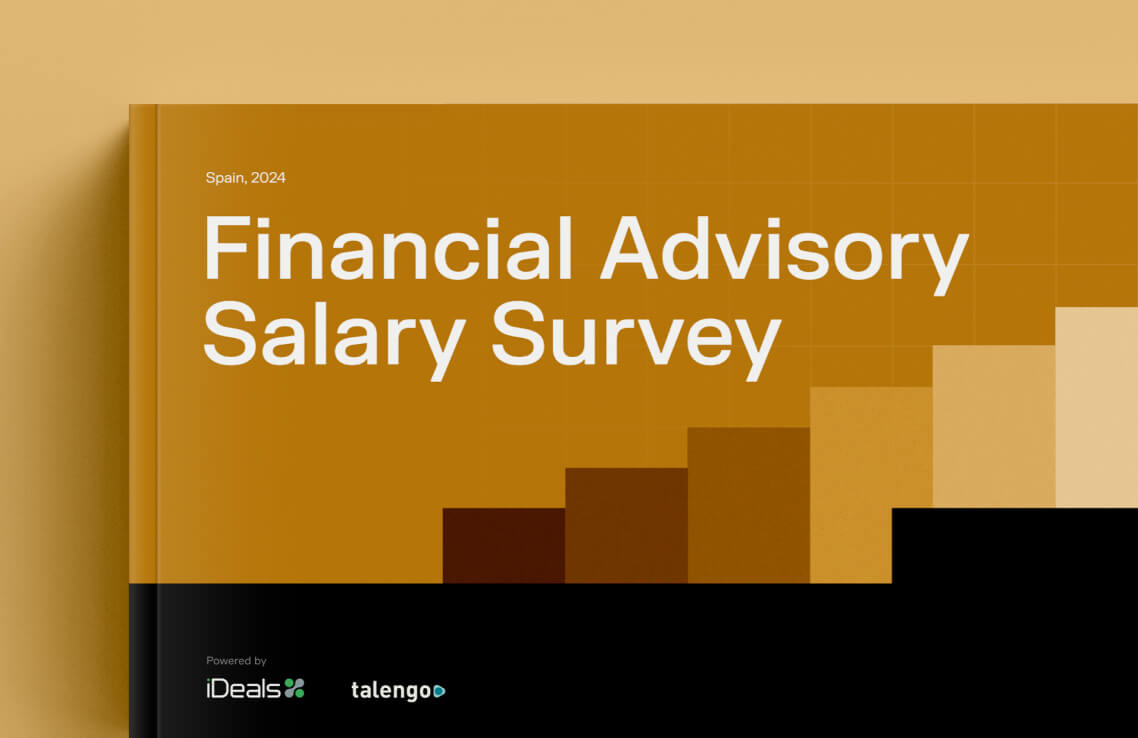The years since 2020 have posed significant challenges to dealmakers, the extent of which is only just starting to be understood. Not only have M&A values declined sharply, reaching a 10-year low by the third quarter of 2023, but the time required to complete deals has also increased.
New research from Ideals VDR shows that deals closing in the first half of 2024 had taken on average 258 days. That’s a third longer than in 2020, when the average duration was 195 days.
We spoke to Julien Spanneut, M&A and Investment Analyst at Luminus, about the factors that might be driving the increase in deal timelines – from rising interest rates to a heightened focus on Environmental, Social, and Governance (ESG) criteria.
Q: What have you observed about the current state of the M&A market in Europe, and how is it impacting your company?
A: Our focus is primarily on opportunities within the Belgian energy sector, but we’ve noticed that the market is better; we’ve seen increased volumes in the first half of this year compared to the last semester of the previous year. But levels are still lower than what we experienced before COVID-19, say four or five years ago. Interest rates are playing a role in that, making it harder to benefit from favorable financial conditions.
It is clear, though, that the market is recovering and we’re hoping interest rates will come down soon. We hoped it would happen this summer, but it hasn’t quite materialized as expected. If a decrease happens, it could help relaunch the market.
Q: How do you quantify a “better market”? What does that look like for your business?
A: I was mainly speaking about increased transaction volumes. These don’t have such a significant impact on our operations, because we primarily engage in small M&A deals, financed mostly with our own equity rather than bank loans. So, our acquisitions are less heavily influenced by bank conditions.
On a regular basis, though, we’re involved in large energy projects, such as financing of power plants and large-scale battery projects for huge capex amounts. These are affected by market conditions, interest rates, and the appetite of financial partners, like private equity funds. Even though higher rates increase the demands for returns from these partners, we still see interest from them.
The recent figures on inflation in Europe and the announcement from the FED in the US should however lead to further decreases in interest rates in the short to mid-term.
Q: The renewable energy sector has strong momentum, do you think this will persist over the next two years? Do any challenges lie ahead?
A: You’re right – the energy market has remained highly active in recent years. This is partly due to European Union initiatives encouraging investments in renewables, which have been further intensified by the crisis related to Russia and Ukraine, and the surge in gas prices.
Government subsidies and support for renewable energy investments have also played a significant role in sustaining market opportunities. These subsidies, such as the Capacity Remuneration Mechanism or Contract for Difference, make it financially viable to invest in renewable assets, and they’re contributing to a positive outlook for the sector.
I think this trend is likely to continue. For example, there’s an upcoming auction in Belgium next year for 700 megawatts of offshore wind turbines in the North Sea. This project is expected to attract significant interest from large energy players.
Similar opportunities are likely in other European markets, such as France and Germany, where there are also substantial developments in offshore wind and other renewable assets. Our sector has huge potential for growth – lots of opportunities are yet to be explored.
Q: New data shows that deals are now taking 30% longer to close compared to five years ago. In your experience, which aspects of due diligence are currently taking the longest?
A: I haven’t noticed a significant increase in deal duration, but I can see how various factors could contribute to longer timelines. Over the past two years, financing conditions have become more challenging. Until 2021, securing financing was generally easier, but banks have become more cautious.
With the current rates, it is getting more difficult to respect certain requested levels of debt service coverage ratios [DSCR – ensuring that cash flows meet sufficient levels compared to the debt reimbursements and interests], and this can complicate financing and contribute to delays in project completion.
Q: Have you found that buyers are being more cautious about what they are purchasing or spending more time evaluating assets?
A: We’ve noticed that some have increased their return expectations on investments, as the financing conditions have become stricter. This can lead to extended discussions, potentially slowing down the process.
Q: Finally, research shows that ESG regulations and considerations are making due diligence take longer. Has ESG become a more prominent factor in your deals?
A: Permit approvals, which are partially driven by ESG considerations, are one aspect among multiple others that can impact deal timelines. When developing a project, you often start without all the necessary permits. But as the project progresses, obtaining these permits becomes critical. These aspects can delay the closing of deals, because you need to secure the necessary permits before finalizing financing.





